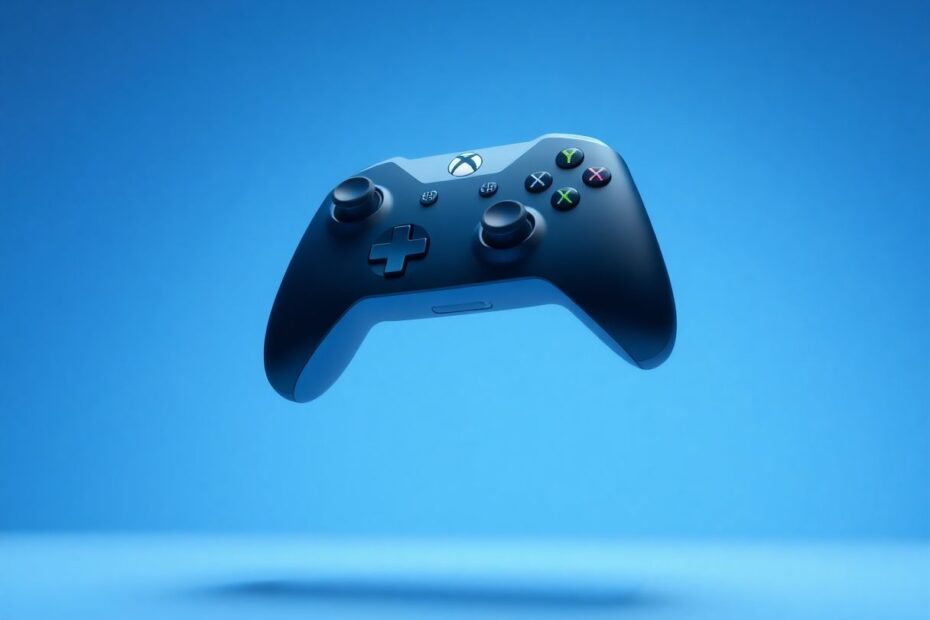In the ever-evolving world of gaming, the lines between platforms are becoming increasingly blurred. For Mac users who have long gazed enviously at the vast library of games available on Xbox Game Pass, there's good news: you can now join the party. This comprehensive guide will walk you through the methods, tips, and tricks to bring the Xbox Game Pass experience to your Apple device.
Understanding Xbox Game Pass: A Gaming Revolution
Xbox Game Pass has revolutionized the gaming industry since its launch in 2017. This subscription-based service offers access to a rotating catalog of over 100 high-quality games for a monthly fee. It's not just about quantity; Game Pass includes day-one releases of Microsoft's first-party titles and a selection of AAA third-party games.
The service has grown exponentially, boasting over 25 million subscribers as of January 2022. Its appeal lies in its value proposition: for the price of one or two new games, players get access to a vast library that would cost thousands to purchase individually.
Cloud Gaming: The Gateway for Mac Users
The Technology Behind Cloud Gaming
Cloud gaming, also known as gaming on demand, is the technology that makes Xbox Game Pass accessible on Macs. It works by running games on powerful remote servers and streaming the video feed to your device. This means you can play graphically intensive games without needing high-end hardware.
Microsoft's cloud gaming solution, previously known as Project xCloud, is now an integral part of Xbox Game Pass Ultimate. It uses Azure cloud technology to deliver low-latency gaming experiences across devices.
Setting Up Cloud Gaming on Your Mac
To get started with cloud gaming on your Mac, you'll need:
- An Xbox Game Pass Ultimate subscription
- A compatible web browser (Chrome or Edge are recommended)
- A stable internet connection (at least 10 Mbps for 720p, 20 Mbps for 1080p)
- A compatible controller (Xbox Wireless Controller, Sony DualShock 4, or others)
The setup process is straightforward:
- Visit xbox.com/play in your browser.
- Sign in with your Microsoft account linked to your Game Pass subscription.
- Connect your controller via Bluetooth or USB.
- Browse the library and start playing!
Performance Considerations
While cloud gaming offers convenience, its performance heavily relies on your internet connection. Factors like bandwidth, latency, and network stability play crucial roles. In optimal conditions, the experience can be nearly indistinguishable from local play. However, you may encounter input lag or visual artifacts during network fluctuations.
To maximize your experience:
- Use a wired ethernet connection when possible.
- Close bandwidth-heavy applications and browser tabs.
- Consider using a gaming router with QoS (Quality of Service) features to prioritize gaming traffic.
Parallels Desktop: A More Native Gaming Experience
For those seeking a more traditional gaming experience, Parallels Desktop offers a robust solution. This virtualization software allows you to run Windows on your Mac, opening up access to the full PC version of Xbox Game Pass.
Setting Up Parallels for Xbox Game Pass
To use this method, you'll need:
- A Mac with Intel or Apple Silicon (M1 or later) processor
- Parallels Desktop software (subscription required)
- A Windows 10 or 11 license
- Xbox Game Pass for PC subscription
The setup process involves:
- Installing Parallels Desktop on your Mac.
- Creating a new Windows virtual machine within Parallels.
- Installing the Xbox app from the Microsoft Store in your Windows VM.
- Signing in with your Xbox account and installing games.
Performance and Compatibility
Parallels offers better performance for many games compared to cloud gaming, as it's running locally on your machine. However, the performance will depend on your Mac's specifications and how you configure the virtual machine.
For Intel Macs, most games should run well with proper configuration. Apple Silicon Macs (M1, M2, etc.) can run many games, but compatibility isn't universal due to the architecture difference.
To optimize performance:
- Allocate more CPU cores and RAM to your Windows VM in Parallels settings.
- Use Windows' Game Mode to prioritize gaming performance.
- Keep both macOS and Windows updated for the latest optimizations.
Comparing Cloud Gaming and Parallels
Both methods have their strengths and are suited for different types of gamers:
Cloud Gaming is ideal for:
- Casual gamers who prioritize convenience.
- Those with limited storage space on their Macs.
- Players with excellent internet connections.
Parallels is better for:
- Hardcore gamers who want access to the full PC gaming ecosystem.
- Users with powerful Macs and ample storage.
- Those who need Windows for other applications beyond gaming.
The Future of Xbox Gaming on Mac
As cloud gaming technology advances, we can expect even better experiences for Mac users. Microsoft's continued investment in Azure and game streaming technologies promises lower latency and higher quality streams in the future.
Moreover, the success of Apple Silicon has prompted many developers to optimize their games for ARM architecture. This could lead to better compatibility and performance for games running through Parallels on M1 and later Macs.
Conclusion: A New Era for Mac Gamers
The ability to play Xbox Game Pass titles on Mac represents a significant shift in the gaming landscape. It bridges the gap between ecosystems and offers Mac users access to a world of gaming previously out of reach.
Whether you choose the simplicity of cloud gaming or the more robust solution of Parallels Desktop, you now have the tools to explore the vast library of Xbox Game Pass on your Mac. As these technologies continue to evolve, the gaming experience on Mac will only get better.
Remember, the best choice depends on your specific needs, internet connection, and Mac specifications. Don't be afraid to experiment with both options to find the perfect fit for your gaming style.
The world of Xbox gaming is now at your fingertips, Mac users. It's time to dive in and discover the incredible experiences waiting for you in the Xbox Game Pass library.
